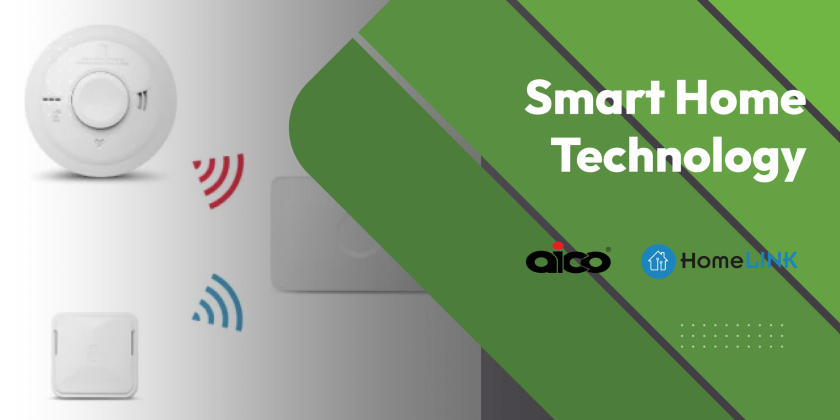Harnessing solar power at home is more than just an eco-friendly choice; it’s a savvy financial decision that can significantly alter your energy consumption. As electricity bills continue to rise, many homeowners are turning to solar panels as a reliable and sustainable alternative. Not only do these panels reduce your carbon footprint, but they also offer the potential for impressive savings over time. In this post, we’ll delve into the practical benefits of installing solar panels, demystify the process, and highlight how these systems can make a substantial difference in everyday energy usage. Whether you’re looking to cut costs or contribute to a greener planet, understanding the advantages of solar panels is a step in the right direction.
Benefits of Solar Panels
Installing solar panels offers multiple advantages. From financial savings to environmental contributions, these benefits make solar energy an appealing option for homeowners.
Reduced Energy Bills
One of the most immediate benefits of solar panels is the reduction in energy bills. Solar panels harness sunlight to generate electricity, which can power your home and reduce reliance on the grid.
Over time, this reduction in grid dependency can lead to significant savings. Many homeowners report a noticeable decrease in their monthly energy expenses. This is particularly beneficial as electricity prices continue to rise.
In regions with abundant sunlight, the cost savings can be substantial. Even in areas with less sun, modern solar panels are efficient enough to make a difference.
Increase in Property Value
Solar panels can also boost your property value. Homes with solar systems are often more attractive to buyers due to the energy savings they promise.
Research indicates that properties with solar installations sell faster and at higher prices. Buyers are increasingly interested in environmentally friendly and cost-efficient homes.
The increase in property value can offset some of the initial costs of installing solar panels. This makes it a worthwhile investment not just for current savings but future returns as well.
Environmental Impact and Sustainability
Solar energy contributes to a sustainable future. By using solar panels, you reduce your carbon footprint and reliance on fossil fuels.
Solar panels produce clean energy with minimal emissions. This helps combat climate change and reduce air pollution.
Adopting solar energy supports a shift towards more sustainable energy practices. It’s a practical way to contribute to environmental protection and energy independence.
Understanding Solar Panel Systems
To maximise the benefits of solar panels, it’s important to understand how these systems work. This section covers the basics of solar panels, their types, and the installation process.
How Solar Panels Work
Solar panels convert sunlight into electricity using photovoltaic cells. These cells capture sunlight and transform it into direct current (DC) electricity.
This DC electricity is then converted into alternating current (AC) by an inverter. AC electricity is what powers most household appliances.
Understanding this process helps homeowners appreciate how solar panels contribute to energy generation and savings.
Types of Solar Panels
There are several types of solar panels. The most common are monocrystalline, polycrystalline, and thin-film panels.
|
Panel Type |
Cost |
|
|---|---|---|
|
Monocrystalline |
High |
Higher |
|
Polycrystalline |
Moderate |
Moderate |
|
Thin-film |
Lower |
Lower |
Choosing the right type depends on your budget, roof space, and energy needs.
Installation Process
Installing solar panels involves several steps. Here’s a simplified outline:
-
Site Assessment: A professional evaluates your roof to determine its suitability.
-
Design and Permits: A system design is created, and necessary permits are obtained.
-
Installation: Panels and inverters are installed by certified technicians.
-
Inspection and Activation: The system is inspected and connected to the grid.
Understanding these steps ensures a smooth installation process.
Financial Considerations
While solar panels offer long-term savings, initial costs and financial incentives should be carefully considered.
Initial Investment Costs
Initial costs for solar panels include equipment, installation, and permits. These can vary based on system size and location.
Prices have decreased over the years, making solar panels more accessible. However, upfront investment can still be substantial.
Considering long-term savings can help justify initial costs. Financing options such as loans can also make installation more manageable.
Government Incentives and Rebates
Government incentives can reduce the cost of solar installation. These include tax credits, rebates, and grants.
-
Tax Credits: Reduce your tax liability based on installation expenses.
-
Rebates: Direct payments from the government or utility companies.
-
Grants: Funding for specific solar projects.
Researching available incentives can significantly lower your installation costs.
Long-term Savings
Long-term savings from solar panels are achieved through reduced energy bills and increased property value.
Many homeowners see a return on investment within a few years. This is due to the combination of energy savings and potential property value increase.
Understanding these savings helps make informed decisions about solar investments.
Choosing the Right Solar Panel
Selecting the right solar panel involves evaluating energy needs, comparing panel efficiency, and choosing a reputable installer.
Evaluating Your Energy Needs
Assessing your energy needs involves calculating your current electricity usage and future needs.
Consider factors such as household size, appliance usage, and energy goals. This helps determine the appropriate system size.
A detailed energy assessment ensures that your solar panel system meets your specific requirements.
Comparing Panel Efficiency
Panel efficiency refers to how well a panel converts sunlight into electricity. Higher efficiency panels produce more electricity.
|
Panel Type |
Efficiency Range |
|---|---|
|
Monocrystalline |
15-20% |
|
Polycrystalline |
13-16% |
|
Thin-film |
7-13% |
Choosing efficient panels can maximise energy production and savings.
Selecting a Reputable Installer
Choosing a qualified installer is crucial for a successful solar panel installation.
-
Check Credentials: Ensure the installer is certified and experienced.
-
Read Reviews: Look at past customer feedback.
-
Get Multiple Quotes: Compare different installers for the best deal.
A reputable installer ensures quality installation and reliable system performance.
Future of Solar Energy
The future of solar energy is promising, with advancements in technology and increased adoption in urban areas and communities.
Advancements in Solar Technology
Solar technology is rapidly evolving. Innovations are making panels more efficient and affordable.
-
Bifacial Panels: Capture sunlight on both sides for increased efficiency.
-
Perovskite Cells: Offer potential for cheaper and more flexible panels.
-
Energy Storage: Improved batteries allow for better energy management.
These advancements promise a more efficient and accessible solar future.
Solar Energy in Urban Areas
Urban areas present unique challenges and opportunities for solar energy adoption.
Limited roof space and shading from buildings can affect panel efficiency. However, innovative solutions like solar canopies and shared solar resources are emerging.
Cities are increasingly adopting solar energy to reduce carbon footprints and enhance sustainability.
Community Solar Initiatives
Community solar allows multiple people to benefit from a single solar installation.
-
Shared Benefits: Participants receive credits on their electricity bills.
-
Accessibility: Provides solar access to those without suitable roofs.
-
Collaboration: Encourages community involvement and sustainable practices.
Community solar initiatives are expanding, making solar energy accessible to more people and fostering collective environmental responsibility.


